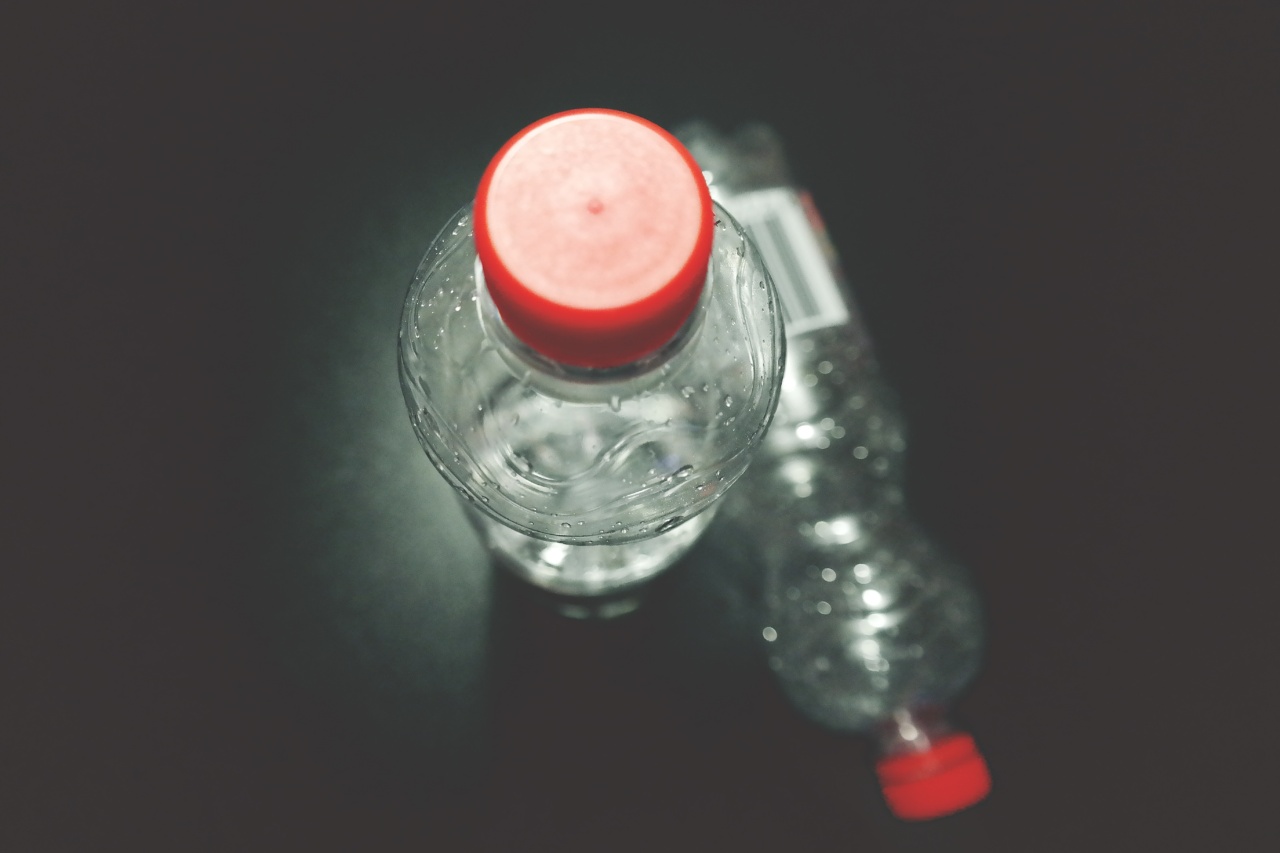Plastic bottles have become an essential part of our daily lives. We use them for everything from carrying water to storing beverages and a variety of other products.
However, there are unseen health risks associated with the use of plastic bottles that many people are unaware of. In this article, we will explore these hidden dangers and provide insights on how to minimize the potential risks.
Understanding Plastic Composition
Before delving into the health risks, it’s crucial to comprehend the composition of plastic bottles. Most plastic bottles are made from a type of plastic known as polyethylene terephthalate (PET or PETE).
This material is lightweight, durable, and resistant to impact, making it suitable for packaging purposes. However, PET plastics can leach chemicals into the contents of the bottle, leading to potential health hazards.
Bisphenol-A (BPA) and Phthalates
One of the major concerns associated with plastic bottles is the presence of chemicals such as bisphenol-A (BPA) and phthalates. BPA is an industrial chemical used in the production of plastic products, including water bottles.
It acts as an endocrine disruptor, interfering with hormone function in the body. Phthalates are another group of chemicals commonly found in plastic bottles and other plastic products. They are known to disrupt hormonal balance and have been linked to various health issues.
Leaching of Harmful Chemicals
Plastic bottles, especially when subjected to certain conditions like heat, may leach harmful chemicals into the liquid they contain.
For example, leaving a plastic water bottle in a hot car or exposing it to sunlight can accelerate the leaching process. This raises concerns about the potential ingestion and absorption of these chemicals when consuming beverages stored in plastic bottles.
Health Risks Associated with Plastic Bottles
The unseen health risks stemming from plastic bottles include:.
1. Endocrine Disruption
BPA and phthalates present in plastic bottles can disrupt the endocrine system and interfere with hormone production and regulation.
This disruption may lead to developmental and reproductive issues, as well as an increased risk of hormone-related cancers.
2. Hormonal Imbalance
Exposure to BPA and phthalates can cause hormonal imbalances in the body. These imbalances have been linked to a range of health problems, including infertility, obesity, diabetes, and cardiovascular disease.
3. Increased Cancer Risk
Several studies have shown a potential link between the ingestion of chemicals from plastic bottles and an increased risk of certain cancers.
The presence of BPA and phthalates in plastic bottles has been associated with breast, prostate, and ovarian cancers.
4. Reduced Fertility
Research suggests that exposure to chemicals found in plastic bottles can negatively affect fertility in both men and women.
BPA, in particular, has been shown to disrupt reproductive functions and impact sperm quality, ovarian health, and the overall chances of conception.
5. Developmental Issues in Children
Children are particularly vulnerable to the effects of chemicals leaching from plastic bottles.
Their developing bodies and hormonal systems are more susceptible to disruption, which can have long-term consequences on their growth, development, and overall health.
Methods to Minimize Risks
While the negative impacts of plastic bottles are concerning, there are steps you can take to minimize the associated health risks:.
1. Choose Alternatives
Consider opting for alternative packaging options such as glass or stainless steel bottles. These materials do not leach harmful chemicals into the contents and are generally safer for use.
2. Avoid High Temperatures
Avoid exposing plastic bottles to high temperatures, whether by leaving them in hot cars or using them for hot beverages. Heat facilitates the leaching of chemicals, so keeping plastic bottles cool is crucial.
3. Check Recycling Codes
Look for the recycling codes on plastic bottles. Codes 3, 6, and 7 often indicate the presence of harmful chemicals like BPA and phthalates. Opt for bottles with codes 1, 2, 4, or 5, as they are typically safer choices.
4. Use BPA-Free Bottles
Choose plastic bottles labeled as BPA-free to reduce exposure to this particular chemical. BPA-free bottles are now widely available and offer a safer alternative.
5. Proper Hygiene and Care
Ensure that you clean and store plastic bottles properly. Regularly wash them with warm water and soap to remove any potential contaminants. Additionally, avoid reusing bottles for an extended period to minimize the risk of chemical leaching.
Conclusion
While plastic bottles may be convenient, their unseen health risks are a cause for concern. The leaching of harmful chemicals such as BPA and phthalates can disrupt hormone function and potentially lead to a range of health issues.
By understanding these risks and taking proactive measures to minimize exposure, we can protect ourselves and our loved ones from the hidden dangers of plastic bottles.






























